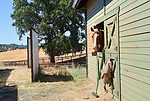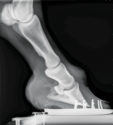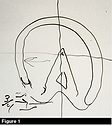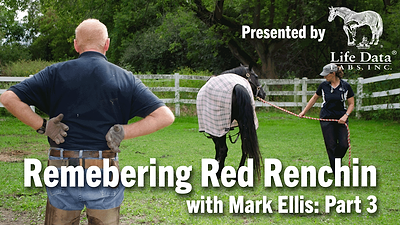Advertise Follow Us
Lamenesses
Research Journal: May/June 2018
The information, ideas and opinions expressed are those of the author and do not necessarily represent those of the United States Department of Agriculture.
Read More
Remembering Danny Ward
Danny Ward Remembering Hoof-care industry memorializes the Hall Of Fame farrier’s profound influence
Read More
Club Foot or Upright Foot? It’s All About the Angles
Proper diagnosis is important to determine a maintenance plan
Read More
The Key to Soundness is in the Heels
Providing appropriate caudal support helps keep racehorses on the track
Read More
Looking For Lameness During A Pre-Purchase Exam
Ohio vet and farrier corrects asymmetrical gaits with wireless sensors
Read More














